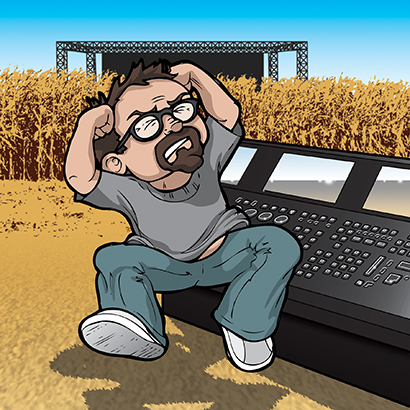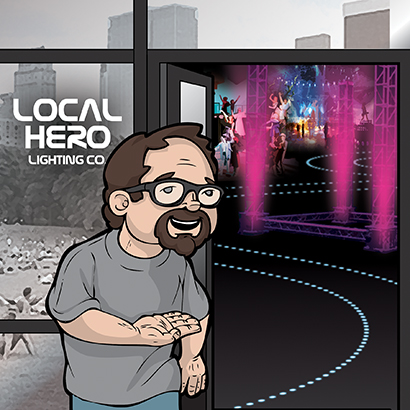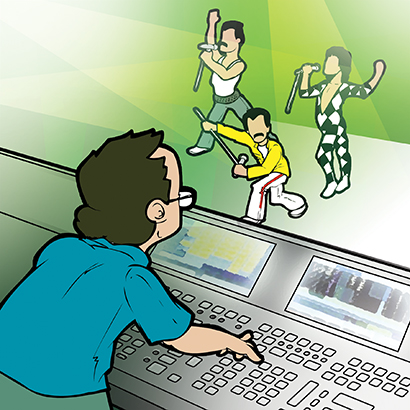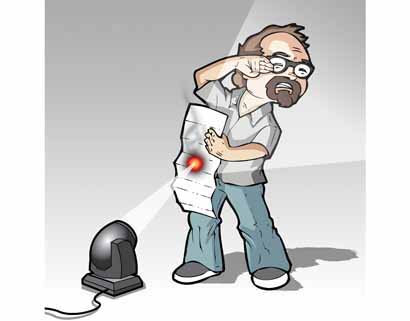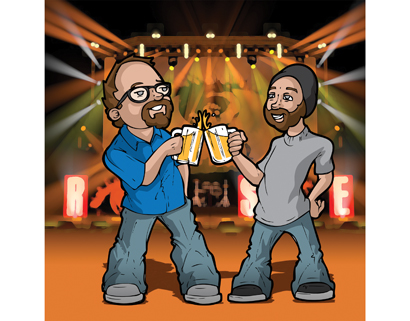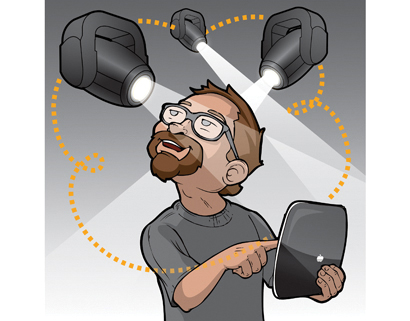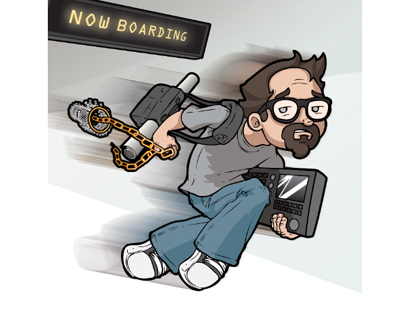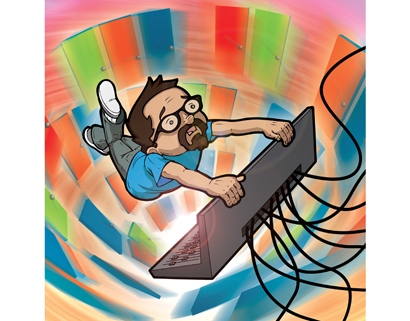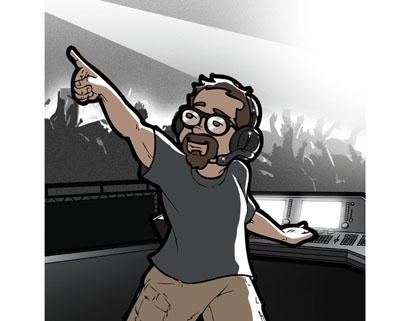The Little Guys
The Queen Extravaganza
This month finds me programming a rather cool show. It’s an Idol-type tour in which four contestants do their best to imitate Freddie Mercury while playing live with a Queen cover band. The “Queen Extravaganza” is an actual professional touring show conceptualized by founding Queen members. The show itself is quite different from any others I have done, as designer Rob Sinclair has a unique game plan and a simple set of rules that we must follow for the entire performance.
Not Your Dad’s Projection System
Over the last 10 years, the live entertainment business has been overrun with video panels. We have high res, low res, 6mm to 80mm, cubed-shaped and cylinder shaped — heck, they have video elements that roll up into a truss like your overhead garage door. I like to play with all of it. But the problem I notice is that, no matter how high your screen’s resolution, it never looks as good as a well-projected image.
Disclaimers
A Punk Rock Eyeful
Last fall, I heard from my friend Missy. She manages the Chicago-based rockers “Rise Against.” They had been on tour last year and were looking to revamp their look and wanted some ideas. Their production guru is Jon Dunleavy, a man I had gigged with before. I reached out to him to inquire what they were looking for. They had a few requirements they wished to base a design around. First and foremost, they were a punk band. They didn’t need a lot of hoopla. Just a few backdrops and some rock ‘n’ roll lighting. They had some set carts that they would carry around the world this year, and they wanted a lighting package that could attach to the carts. They also wanted some “light boxes” that could spell out the letters, “R-I-S-E.”
An LD and His iPad
Working with What You Got
Paying it Back
Bizarro World
Say you had a bazillion dollars and it was your birthday. And you decided to have a party for, say, 1,000 of your buddies. What exactly would you do? I’d be that guy who hires Van Halen to play at my barbecue. I don’t count on it. However, I recently got to witness what happens when someone who could throw that type of a shindig actually does.
True Colors
What’s your favorite color? This is a question I ask my 3-year-old occasionally. He answers with “green” most times. Then he asks me back the same question. “That would be Lee 119,” comes the reply. That’s because I’ve had the various numbers of gel colors brainwashed into my head. All good lighting guys memorize these numbers over time, and if you don’t know what Lee 119 means, you may be new to lighting.
